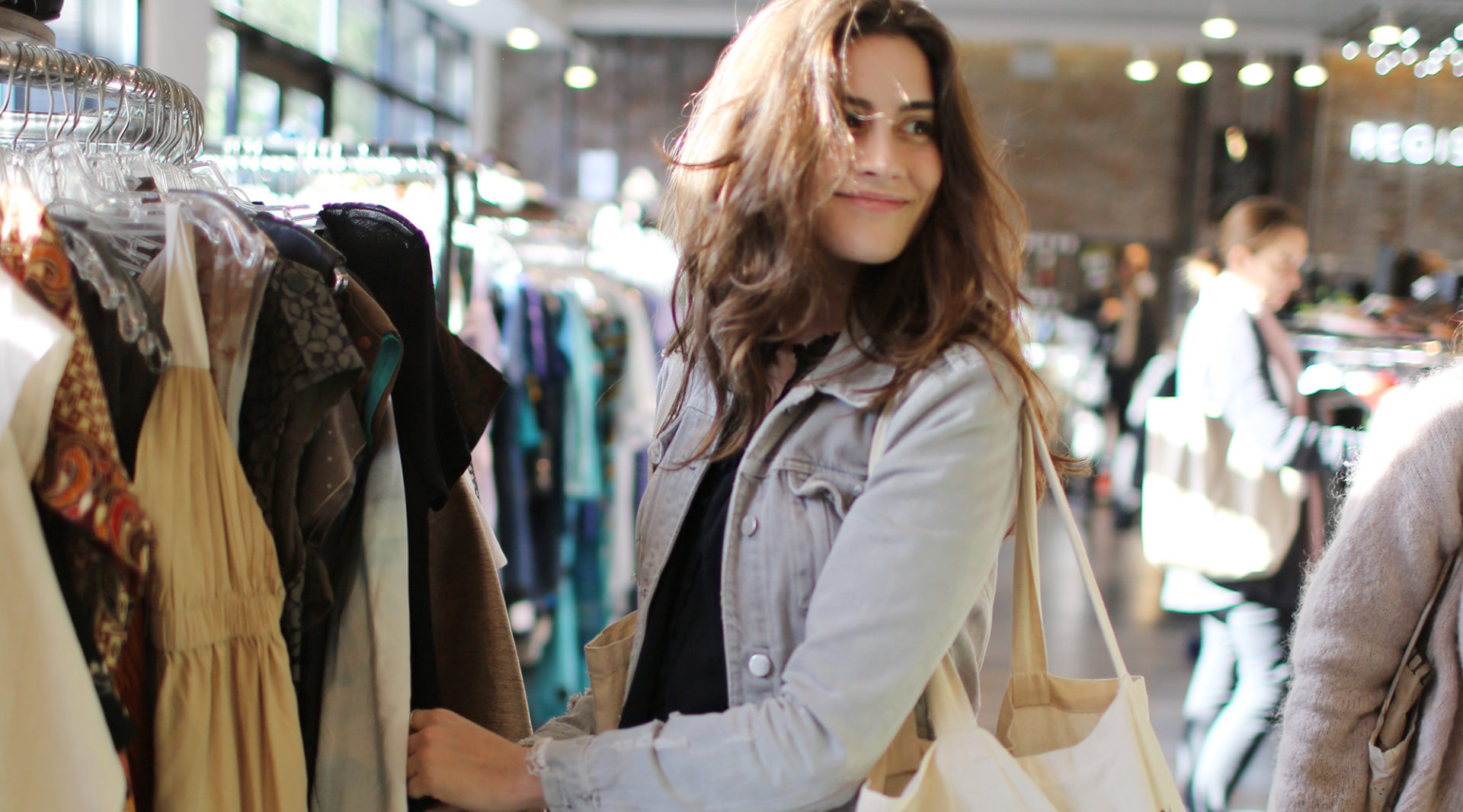In a world increasingly aware of sustainability and conscious consumerism, preloved clothing offers a treasure trove of opportunities for the discerning shopper. Finding stylish, high-quality garments at minimalist prices is not only achievable but also immensely gratifying. Here are five expert tips to guide you in your quest for second-hand sartorial splendor.

1. Know Your Fabrics and Brands
Understanding the quality of fabrics and recognizing reputable brands can significantly elevate your preloved shopping experience.
Invest in Natural Fibers
Natural fibers such as cotton, wool, silk, and linen not only offer superior comfort but also boast longevity and resilience. These materials age gracefully, often looking better over time. When shopping preloved, prioritize garments made from these fibers as they are more likely to retain their shape and texture.
Seek Out Heritage Brands
Brands with a history of producing high-quality clothing often maintain their value and durability even in the second-hand market. Names like Ralph Lauren, Burberry, and Levi’s are synonymous with longevity and style. Familiarize yourself with these and similar brands to make informed decisions.
2. Master the Art of Thrifting
Thrift stores and vintage shops are veritable goldmines for preloved clothing. However, mastering the art of thrifting requires a strategic approach.
Time Your Visits
Timing is crucial when visiting thrift stores. Many shops restock on certain days, typically in the middle of the week. Visiting at these times can offer the best selection before the weekend crowds descend. Early morning visits can also be advantageous, allowing you first dibs on new arrivals.
Scan for Hidden Gems
Thrift stores can be overwhelming due to the sheer volume of items. Develop a scanning technique to quickly sift through racks. Look for standout patterns, interesting textures, and unique silhouettes. Don’t be afraid to dig a little deeper—sometimes the best finds are hidden behind less appealing items.
3. Embrace Online Marketplaces
The digital age has revolutionized preloved shopping, making it easier than ever to find stylish clothing at minimalist prices.
Utilize Dedicated Platforms
Websites and apps like Depop, Poshmark, and eBay are dedicated to preloved fashion. These platforms often feature search filters that allow you to narrow down your options by size, brand, condition, and price. Take advantage of these tools to streamline your search.
Engage with Sellers
Building a rapport with sellers can be incredibly beneficial. Don’t hesitate to ask questions about the item’s condition, request additional photos, or negotiate prices. Many sellers are open to offers and may provide discounts for bundle purchases.
4. Focus on Timeless Pieces
One of the keys to curating a stylish wardrobe from preloved clothing is to focus on timeless, versatile pieces.
Prioritize Classic Silhouettes
Timeless pieces such as blazers, trench coats, and denim jackets never go out of style and can be easily integrated into various outfits. These items serve as the backbone of a versatile wardrobe and offer endless styling possibilities.
Opt for Neutral Colors
Neutral colors like black, white, beige, and navy are incredibly versatile and can be mixed and matched with ease. Incorporating these hues into your preloved wardrobe ensures that your clothing remains stylish and cohesive regardless of current trends.
5. Pay Attention to Fit and Alterations
The fit of your clothing can make or break your look. When shopping for preloved items, consider the possibility of alterations to achieve the perfect fit.
Know Your Measurements
Before embarking on your preloved shopping journey, take accurate measurements of your body. Knowing your measurements allows you to make informed decisions and reduces the risk of ill-fitting garments. Keep these measurements handy when shopping online or in-store.
Don’t Shy Away from Tailoring
A well-tailored garment can elevate even the simplest outfit. If you find a preloved piece that is slightly too large or too long, consider taking it to a tailor. Simple alterations like hemming, taking in seams, or adjusting sleeves can transform a garment into a custom-fit piece.
Conclusion
Shopping for preloved clothing is an art form that combines sustainability with style. By knowing your fabrics and brands, mastering thrifting, embracing online marketplaces, focusing on timeless pieces, and paying attention to fit and alterations, you can curate a wardrobe that is both fashionable and economically savvy. Dive into the world of preloved fashion with these tips and discover the joy of finding unique, stylish pieces at minimalist prices.